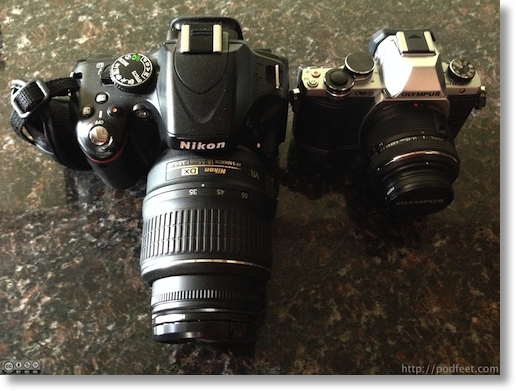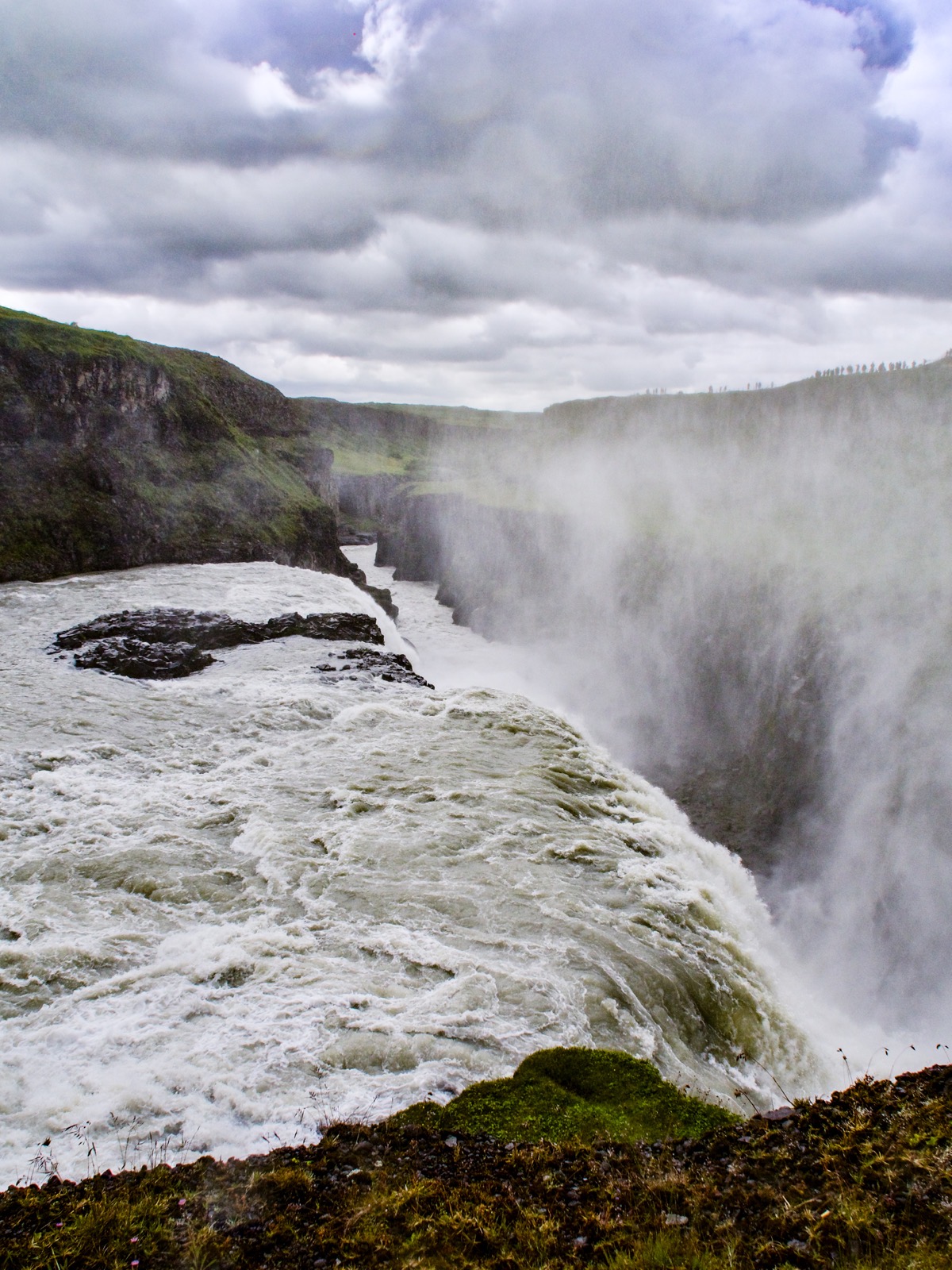
CCATP #740 for August 21, 2022, and I’m your host, Allison Sheridan. Last week I said that the interview that Bodie Grimm of the Kilowatt podcast with Orange Charger was the “Crossover Event of the Summer” but we’ve got another crossover event of the summer this week.
Normally Bart and I would have recorded an episode of Programming By Stealth, but he had an awesome family event to attend. He also wanted a specific type of guest for his Let’s Talk Photography podcast. He suggested that I be that guest and we publish it both as a Let’s Talk Photography episode and a Chit Chat Across the Pond Lite episode.
Bart recently did an episode of Let’s Talk Photography in which he explained the impending demise of the DSLR. For those who haven’t bought a big-girl camera before, SLR stands for Single Lens Reflex, and the D stands for digital (analog versions were just called SLRs.)
Cameras with Single Lens Reflex have a giant mirror that sends the true optical image through the lens to the viewfinder. When the photographer hits the shutter button, a mechanism flips the mirror out of the way, which exposes the sensor to the light from the lens, temporarily occluding the view through the viewfinder.
There are advantages to this design, but the mirror is heavy and large, the mechanism adds weight and volume, and the lenses are gigantic and heavy.
The solution was the invention of mirrorless cameras in 2008 with the Panasonic Lumix DMC-G1. With a mirrorless camera, the light goes through the lens directly to the sensor and never goes directly to the viewfinder. Instead, they use an electronic viewfinder which is essentially just a teeny display. Early versions of mirrorless cameras struggled to provide clear imagery in the electronic viewfinder with no lag. These problems were solved a long time ago and now the electronic viewfinders feel almost like the real view through the lens.
With that long explanation of the technology, the reason Bart wanted to have me on Let’s Talk Photography is that he’s finally pondering making the switch and wants to know what it’s really like on the other side. I made the transition to a mirrorless camera back in June 2014 when I gave up my Nikon D5100 DSLR for an Olympus OM-D E-M10 mirrorless camera and never looked back.
In the conversation we talk about two photos I recently took in Iceland with my Olympus E-M5 Mark III – one of a puffin that I’m delighted with, and one of the Gillfoss waterfall (which is redundant since foss means waterfall in Icelandic). Here are those two photos.



